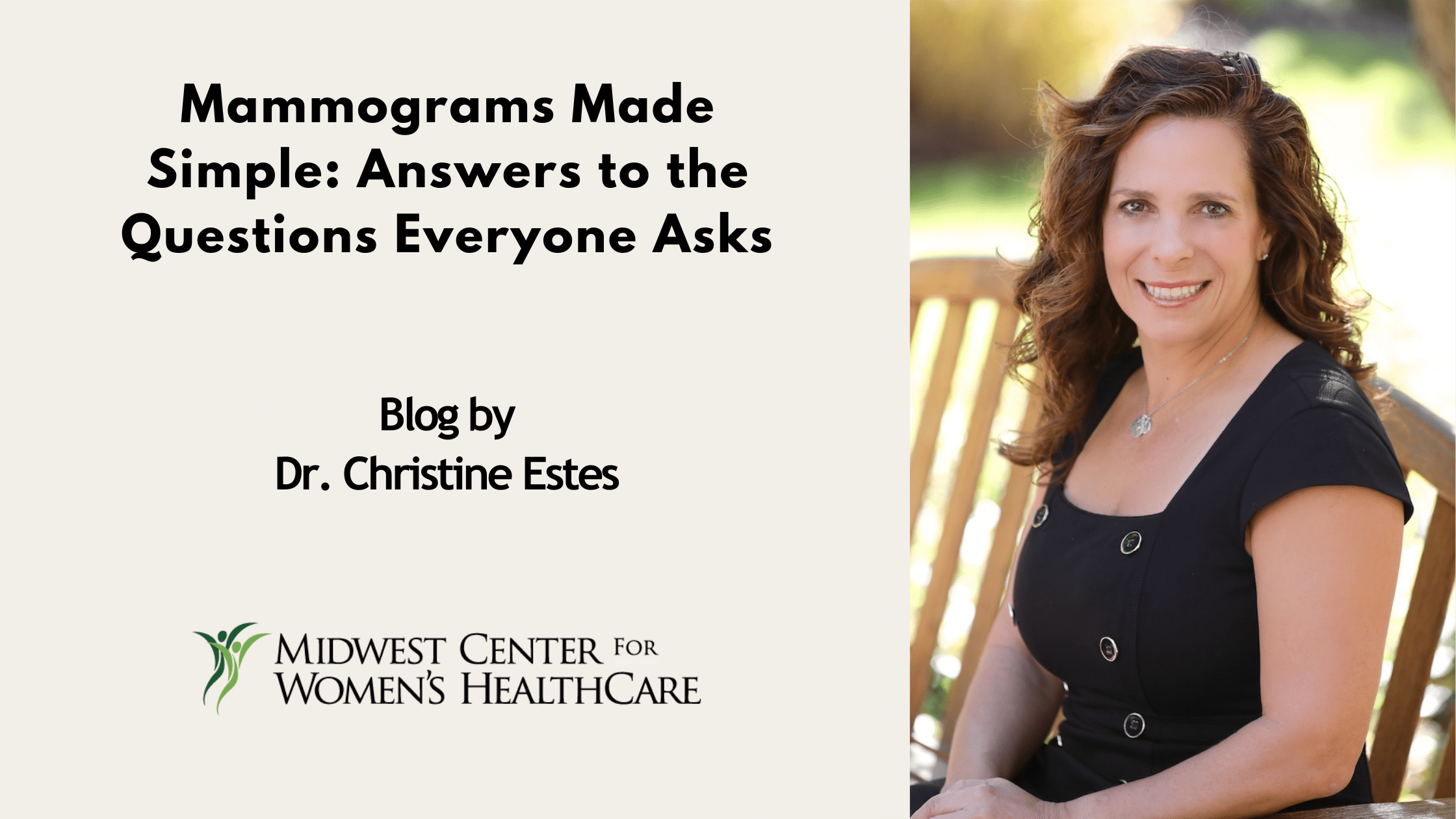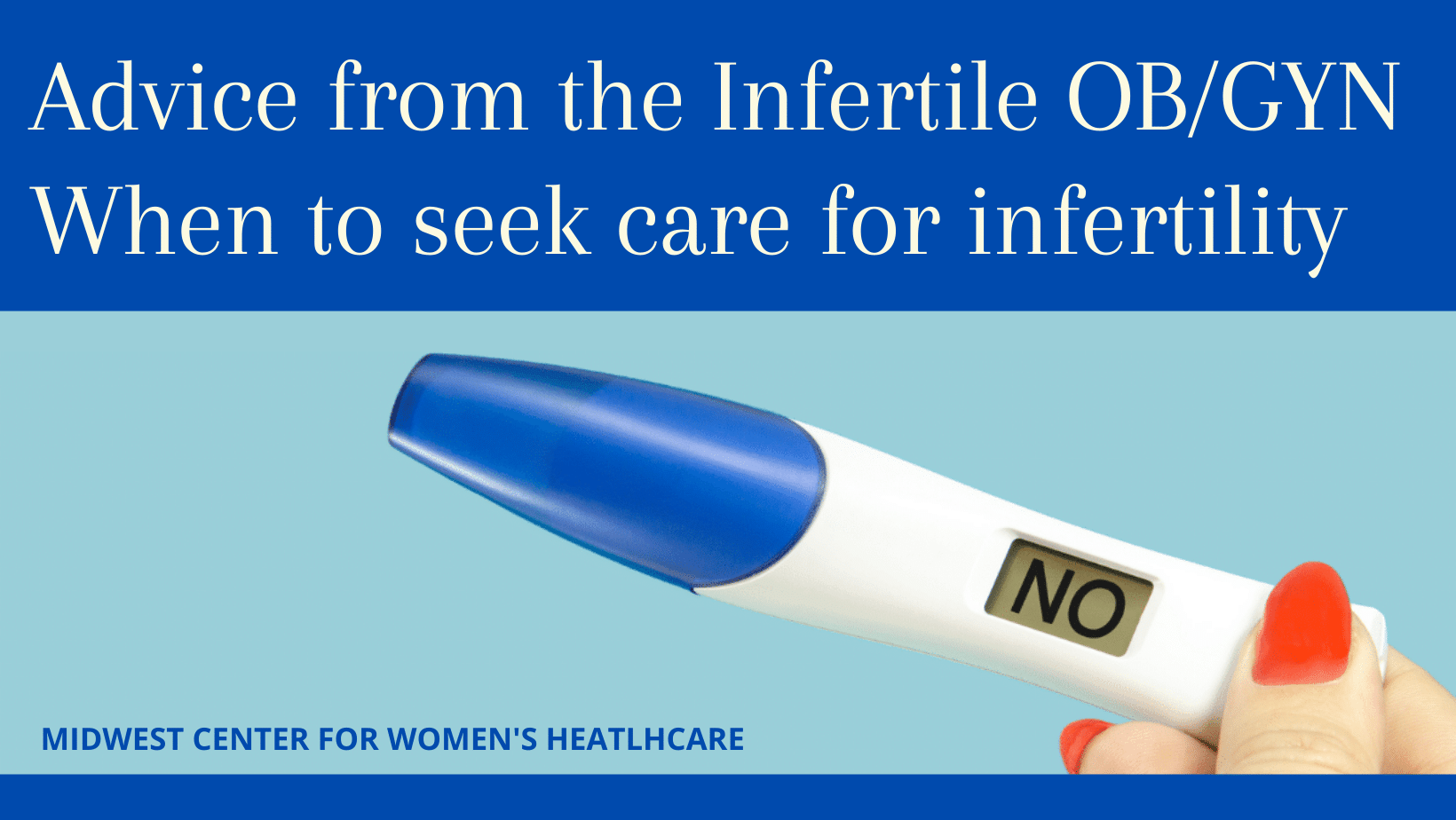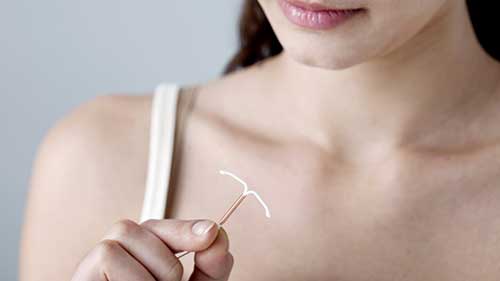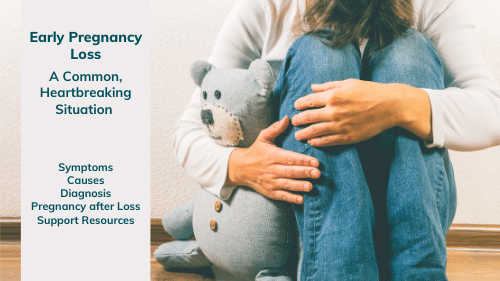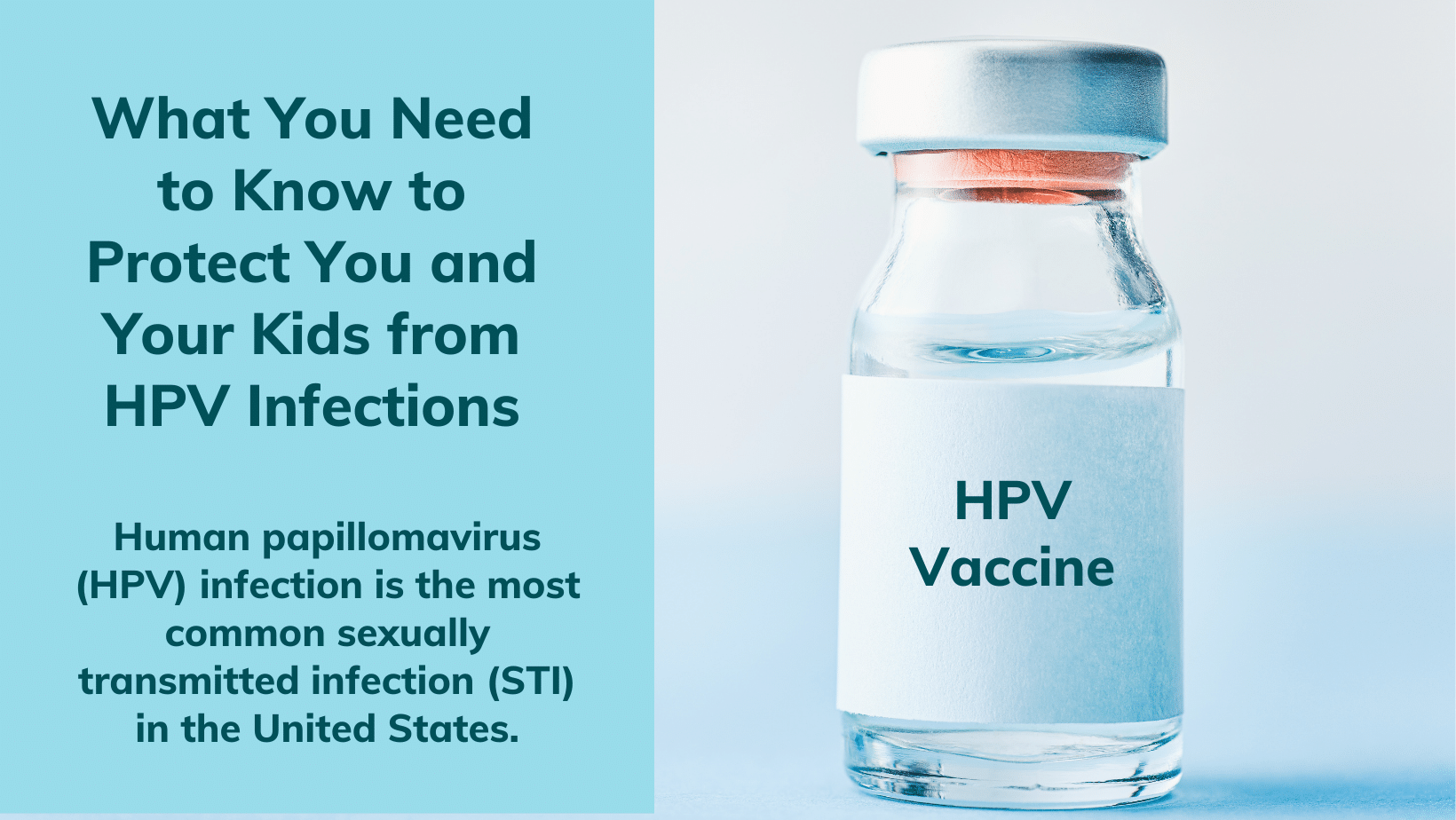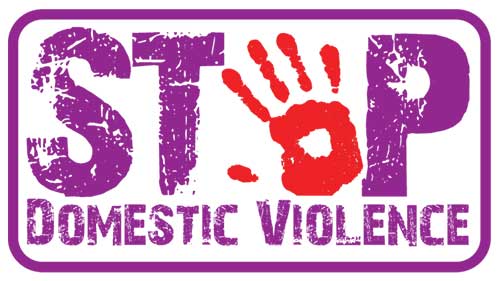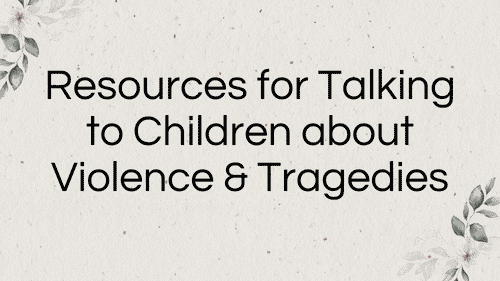Discover a diverse range of women’s health topics authored by the Ob/Gyn physicians and staff at Midwest Center for Women’s HealthCare.
Mammograms Made Simple: Answers to Questions Everyone Asks
2025-05-19T13:34:29-06:00Breast health is an essential aspect of women's healthcare, and as part of a comprehensive approach, mammography plays a key role in early detection of breast cancer. As an OB/GYN patient, understanding the importance of early detection of breast cancer, when and why mammography is recommended, the role of breast self-exams, and the use of breast ultrasound can help you make informed decisions about your health.


